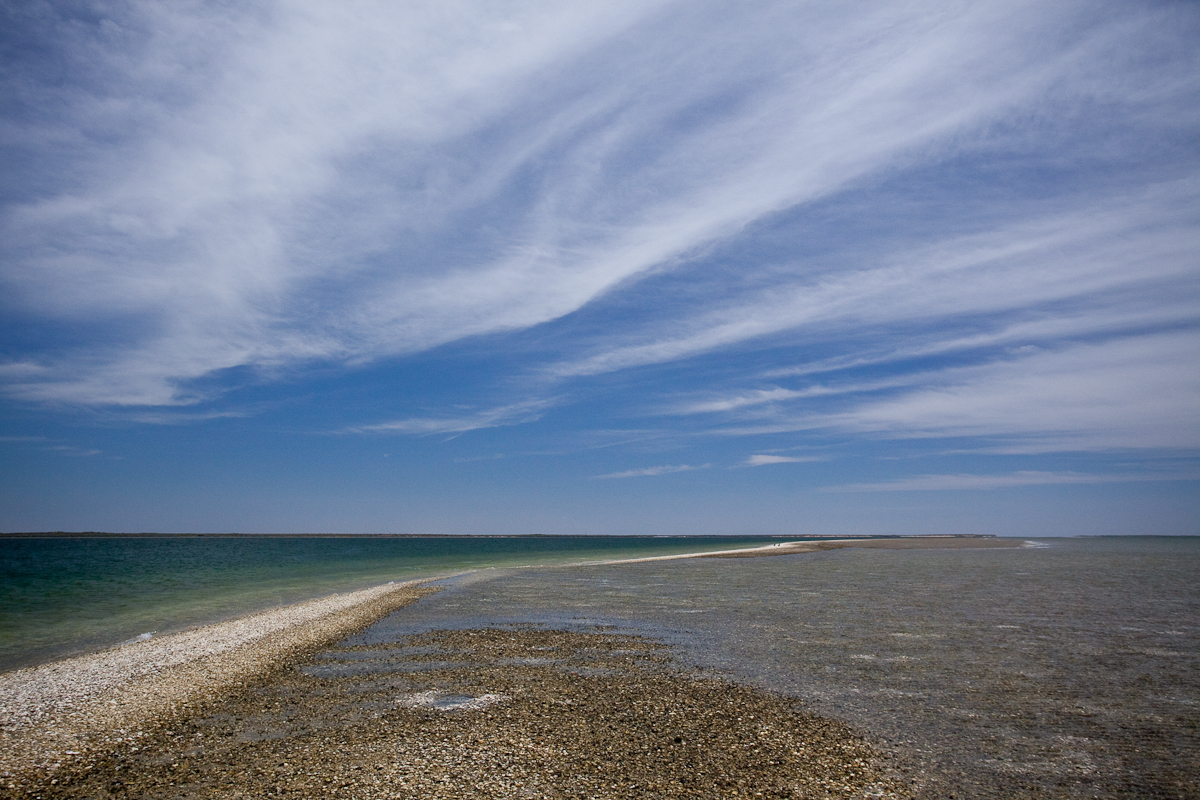
Climate Change & Sea Turtles
The effects of global warming are having enormous impacts on sea turtles and other wildlife. The rate of global warming far exceeds the abilities of animals to adapt naturally to such dramatic environmental changes. Sea level rise from the melting of polar ice is already contributing to the loss of beach and sea turtle nesting habitat. Weather extremes, also linked to climate change, mean more frequent and severe storms which alter nesting beaches, cause beach erosion, and inundate, or flood sea turtle nests.
Hotter sand from increasing temperatures results in decreased hatching rates or complete nest failure. Increased sand temperatures also affect hatchlings by altering natural sex ratios, with hotter temperatures producing more female hatchlings. A recent study in Australia found that 99% of the green sea turtles around Raine Island were female.
Sea turtles use ocean currents to travel and find prey. Warming ocean temperatures influence migratory species by altering currents and impacting the distribution and abundance of prey species. This can result in southerly species being found in more northerly regions, well outside of their normal range. Warmer water temperatures also affect coral reefs through coral bleaching which are vital to the survival of species like the hawksbill.
Global Warming & Sea Turtles
Human activities which release greenhouse gases into the atmosphere, like the burning of fossil fuels such as coal, are the primary contributor to warming. Deforestation is also a major source of greenhouse gases.
Scientists predict that it could result in 20-30% of the Earth’s plant and animal species going extinct by 2050.
The top emitting countries in order are China, the US, Russia, India, and Japan. However, the per capita emissions of the US is 5 times higher than China and 20 times higher than India.
Trees take in carbon dioxide during photosynthesis which counteracts global warming. The more trees we have on the planet, the more carbon dioxide that is absorbed by them. The oceans also act as a “carbon sink”.
Approximately a third of all human related greenhouse gas emissions are absorbed by the oceans.
What is SEE Turtles?
We're a non-profit organization that protects sea turtles through conservation travel and volunteer tours, our Billion Baby Turtles, Too Rare To Wear, & Sea Turtles & Plastic programs, our education programs, and by promoting inclusivity in the sea turtle community. Our award-winning programs help save sea turtle hatchlings on important nesting beaches around the world, work with the tourism industry to end the turtleshell trade, and get plastic out of sea turtle habitats. Learn more about our organization.
Photo credits: Elizabeth Moreno/RED Sustainable Travel, Hal Brindley, Latin American Sea Turtles
